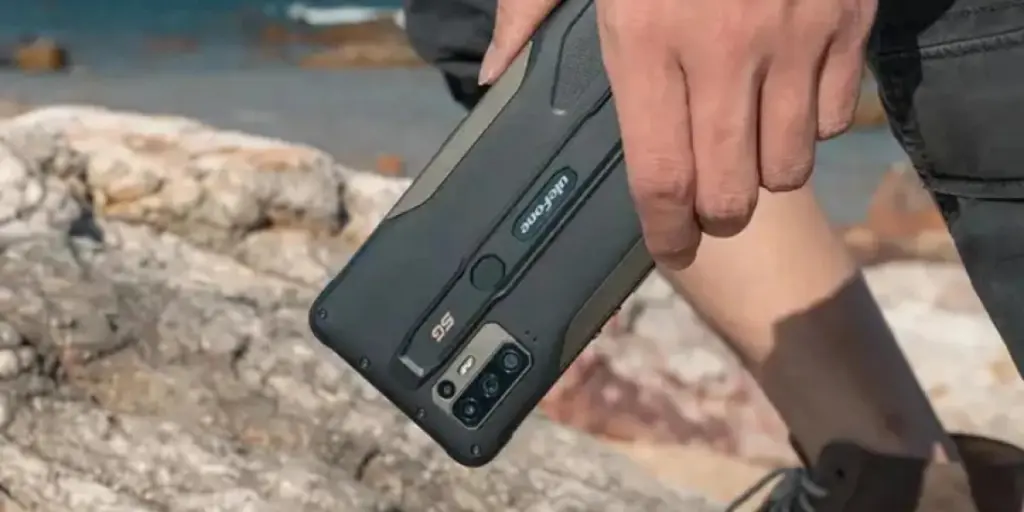In a world where the elements show no mercy, rugged phones have emerged as the unsung heroes for professionals across various industries. These devices are not mere phones; they are lifelines that endure where traditional technology falters. Engineered to withstand the harshest conditions, from construction sites to mountain peaks, they promise connectivity, durability, and functionality. As the demand for equipment that can brave the extremes grows, these robust handsets stand ready to serve those who rely on unwavering performance to facilitate their daily operations.
Table of Contents
1. Insights into the rugged phone market
2. Deciphering the selection criteria for rugged phones
3. Spotlight on 2024’s premier rugged phone models
4. Final takeaways
Insights into the rugged phone market
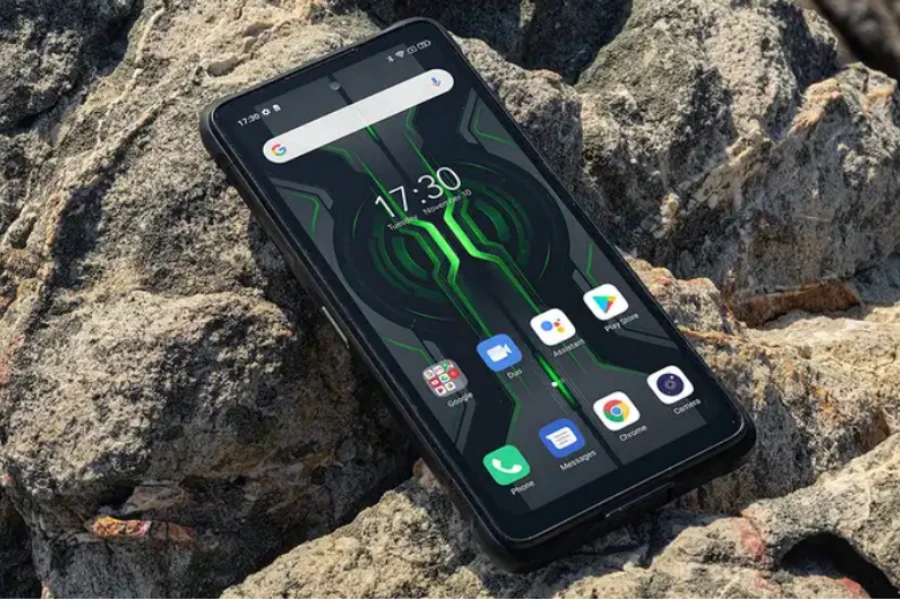
The rugged smartphones are specifically designed to endure extreme conditions, which sets them apart from standard smartphones in terms of durability and performance under stress.
The transformation of rugged phones over time
Rugged phones have evolved from bulky and basic communication tools to sophisticated devices that marry robustness with advanced technology. Initially designed for niche markets, these phones have expanded their appeal as various sectors recognize the value of durable and reliable handsets. The early models, often limited in functionality, have given way to devices boasting high-resolution cameras, long-lasting batteries, and crisp displays, all encased in nearly indestructible shells.
The rugged smartphone market is currently valued at USD 15,506.41 million as of 2021. Experts anticipate that this market will grow to USD 21,246.15 million by 2027, which would represent a Compound Annual Growth Rate (CAGR) of 5.39% during the forecast period. This growth is driven by the increasing demand for devices that can withstand harsh environmental conditions in various industries such as military, law enforcement, and oil and gas extraction, among others.
Analyzing current trends and preferences

The current market for rugged phones reflects a nuanced understanding of professional needs. Preferences have shifted towards devices that offer not just resilience but also elegance and efficiency. The trend is towards slimmer, more aesthetically pleasing models that do not compromise on toughness. With the integration of features like thermal imaging and enhanced connectivity options, these phones are no longer just tools but critical enablers of business operations in challenging environments.
The ripple effect of tech advancements on rugged devices
Technological advancements have had a profound impact on the development of rugged phones. The introduction of 5G connectivity, for instance, has opened new possibilities for real-time data transfer and communication in remote areas. Innovations in battery technology have led to devices that can last longer between charges, a critical feature for professionals in the field. Additionally, the integration of specialized sensors and cameras has transformed these phones into multifunctional devices capable of performing a variety of tasks beyond communication.
As the market continues to grow, these phones are becoming increasingly tailored to specific industry requirements, offering a range of features from satellite messaging to advanced security protocols. This specialization ensures that there is a rugged phone suitable for any professional scenario, from construction sites to corporate boardrooms. The emphasis on customization and user-centric design is likely to drive the next wave of rugged phone development, as manufacturers strive to meet the exacting demands of modern professional life.
Deciphering the selection criteria for rugged phones
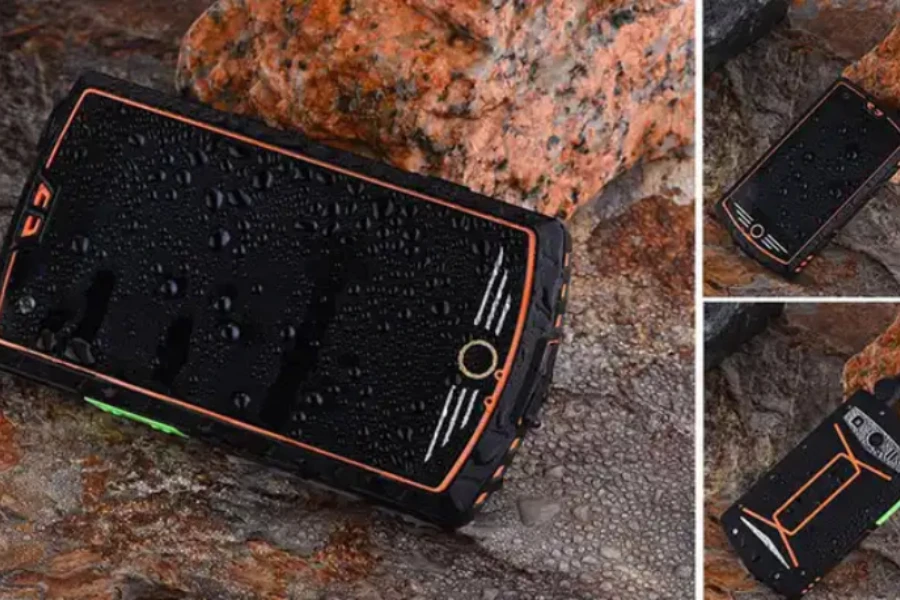
The selection criteria for rugged phones are a complex interplay of features and functionalities, each as critical as the next. It’s a harmony of toughness and technology, where the physical resilience of the phone must be matched by its internal prowess.
Benchmarking durability: standards and certifications
Deciphering the selection criteria for rugged phones is an exercise in understanding the balance between unyielding durability and advanced functionality. At the forefront of these criteria is the benchmarking of durability. Standards and certifications such as MIL-STD-810G, MIL-STD-810H, and various IP ratings are not just acronyms but the backbone of trust in these devices. They ensure that each handset can withstand not just the occasional drop or splash but also prolonged exposure to dust, water, and extreme temperatures. These certifications are a testament to a device’s ability to operate in environments where traditional smartphones would falter.
Assessing performance in the face of adversity
When assessing performance in the face of adversity, it’s not just about surviving a drop; it’s about ensuring that the device can continue to operate seamlessly afterward. This includes maintaining core functions such as touch screen responsiveness even when wet, display visibility under direct sunlight, and physical button functionality in freezing temperatures. The internal components must be robust enough to handle the software demands of various industries, whether it’s construction, field services, or environmental research, where lag or a system freeze is not just an inconvenience but a potential hazard.
The longevity of power: battery life essentials
The longevity of power within rugged phones is a critical factor that cannot be overstressed. Battery life must transcend the limitations of traditional smartphones, offering extended periods of operation that can withstand intense usage patterns. Innovations in battery technology have led to more efficient power management systems, ensuring that these devices can go longer between charges — a non-negotiable feature for professionals in fields where charging opportunities are scarce.
Optics and imaging in rugged terrains
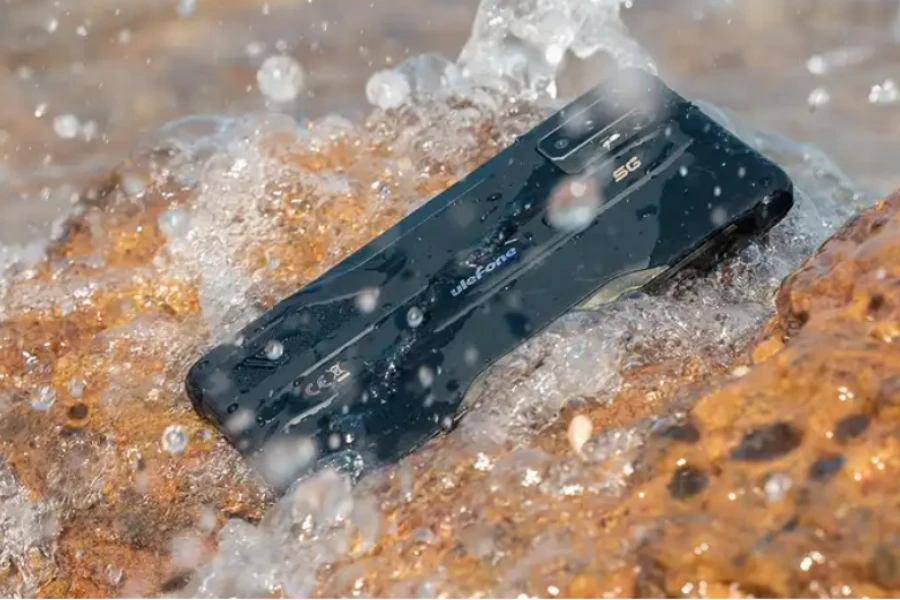
Optics and imaging in rugged terrains have evolved significantly. Modern rugged phones are equipped with advanced camera systems that provide not only high-resolution images but also specialized features such as thermal imaging, night vision, and laser-assisted focus. These are not just for capturing photos but are integral to tasks such as site surveys, search and rescue operations, and security assessments. The camera technology is designed to be as resilient as the phones themselves, with lenses and sensors protected against the elements to ensure functionality when it’s needed most.
Ensuring seamless connectivity in remote locales
Ensuring seamless connectivity in remote locales is the final piece of the puzzle. Rugged phones are often the only link to the outside world for professionals in isolated areas. As such, these devices are equipped with a range of connectivity options, from Wi-Fi and Bluetooth to NFC and even satellite communications in some cases. The latest models are 5G-ready, ensuring high-speed data transfer and reliable communication for time-sensitive operations. The inclusion of multiple navigation systems like GPS, GLONASS, and BeiDou also provides precise location tracking, which is vital for navigation and coordination in unfamiliar or challenging terrains.
For professionals investing in these devices, the criteria go beyond mere specifications; they represent a commitment to reliability, efficiency, and, ultimately, the safety and success of their operations. A comprehensive discussion on the selection criteria for rugged phones, ensures that professionals have the information they need to make informed decisions.
Spotlight on 2024’s premier rugged phone models
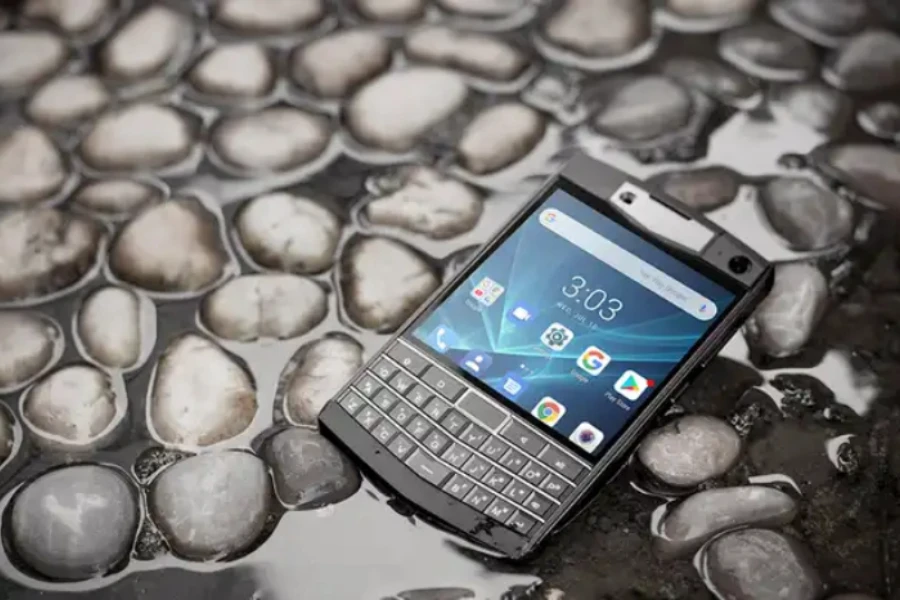
The premier rugged phone models of 2024 stand as testaments to the advancements in mobile technology, offering a synergy of toughness and high-tech features.
Introducing the frontrunners
The arena of rugged smartphones in 2024 is a testament to technological resilience, where each model is a marvel engineered to thrive in extreme conditions. The frontrunners of this year’s lineup, such as the Doogee S98 Pro, Ulefone Armor 11T 5G, CAT S42 H+, and Motorola Defy, are not just devices but lifelines for professionals in challenging environments. These models are the embodiment of rugged sophistication, merging military-grade durability with advanced technological capabilities.
Feature face-off: a comparative review
A comparative review of these leading models reveals a competitive landscape where each device is vying for supremacy through unique features. The Doogee S98 Pro, for instance, is a powerhouse with its thermal imaging prowess, a feature that has become indispensable in sectors like construction and search and rescue. The Ulefone Armor 11T 5G, with its 5G connectivity, ensures that high-speed data transfer and communication are never compromised, even in the most isolated areas.
The CAT S42 H+ stands as a bastion of durability, designed to withstand the most punishing conditions without a hitch, while the Motorola Defy brings a touch of elegance to the rugged phone market, proving that toughness does not have to come at the expense of design. These devices are meticulously crafted to cater to the nuanced demands of their users, ensuring that performance is never hampered by environmental challenges.
Specialty features for unique environments
Specialty features tailored for unique environments further distinguish these models. Enhanced GPS for precise navigation in off-grid locations, superior camera systems for crisp imaging under adverse conditions, and augmented reality capabilities for real-time data overlay in fieldwork are just a few examples of the specialized functionalities these phones offer. These features are not just conveniences but necessities for professionals whose work demands reliability in the face of uncertainty.
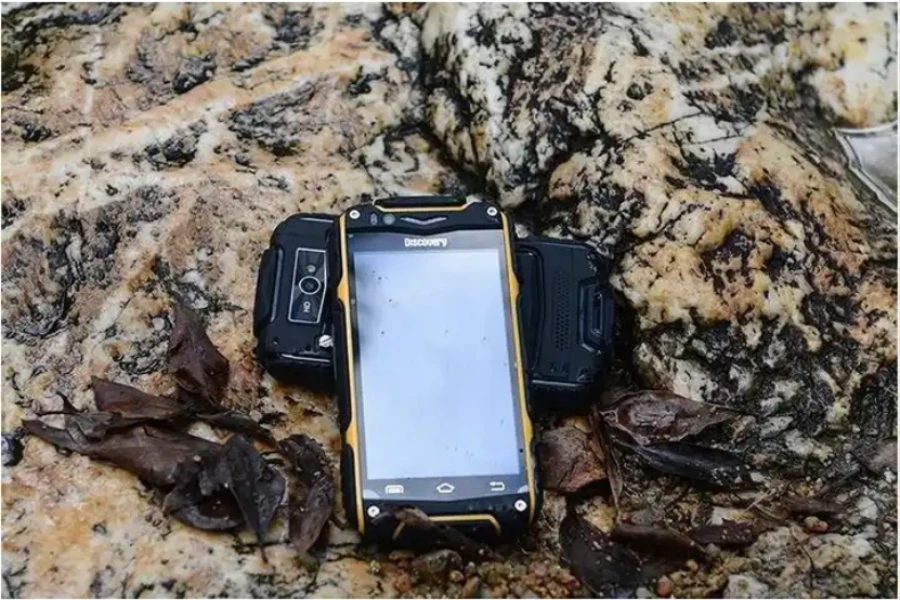
Balancing cost against corporate value
The consideration of cost versus corporate value is a critical aspect of the rugged phone market. While the initial investment may be significant, the long-term benefits—such as reduced maintenance costs, lower frequency of device replacement, and uninterrupted field operations—present a compelling case for their adoption. The calculus of cost-effectiveness is clear: rugged phones are an investment in operational continuity and efficiency.
Insights from the field: expert and user perspectives
Insights from the field, drawn from expert and user experiences, paint a vivid picture of the rugged phone’s impact. The consensus is clear—features like extended battery life, robust resistance to water and dust, and shock-absorbing designs are not just selling points but essential attributes that have proven their worth time and again. Such real-world endorsements are invaluable, affirming the rugged phone’s place as an indispensable tool in the professional arsenal.
Thus, above are what make these rugged phones not just survive but excel in the harshest of environments, ensuring that professionals remain connected, capable, and confident, no matter where their work takes them.
Final takeaways
Wrapping up the rugged realm, the key to selecting the right rugged phone lies in understanding the specific needs of professional environments and matching those with the device’s features. Durability standards, performance under stress, battery longevity, camera quality, and reliable connectivity form the core considerations. The insights gathered from the current market leaders in rugged smartphones provide a clear direction for those tasked with equipping teams for success in the field.
